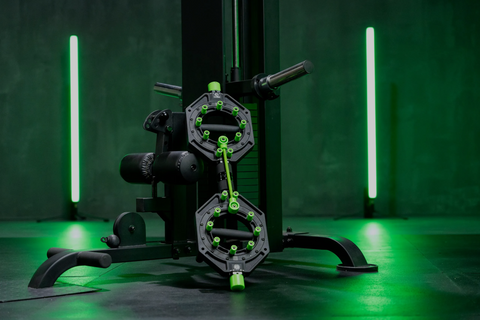Results for Biceps Curls
Bicep Activation: The C.U.B.B. significantly increased the activation of both the long head (BiLong) and short head (BiShort) of the biceps brachii compared to traditional methods. Specifically, the C.U.B.B. activated the BiLong 35% more than the easy bar (EB) and 27% more than the dumbbell (DB). The BiShort was activated 30% more with the C.U.B.B. than with the DB.
These findings suggest that the C.U.B.B. is an effective tool for enhancing bicep strength and muscle development, providing a more intense workout compared to traditional methods.
Results for the Arnold Press
Triceps (TRI): The C.U.B.B. exercise significantly increased TRI muscle activation compared to the DB exercise (37% increase, p < 0.001).
Pronator (PRO): The C.U.B.B. exercise led to a substantial 97% increase in PRO muscle activation compared to the DB exercise (p = 0.002).
Supinator (SUP): No significant differences in SUP muscle activation were observed between the C.U.B.B. and DB exercises (p = 0.788).
Results for the Push-up
Primary Muscle Activation: The C.U.B.B. did not significantly alter the activation of primary muscle groups like the pectoralis major, anterior deltoid, and triceps brachii compared to traditional and perfect push-ups.
Forearm Muscle Activation: The C.U.B.B. significantly increased the activation of forearm muscles. Specifically, the pronator teres was activated 112% more (p < 0.002) with the C.U.B.B. than the perfect push-up and 174% more (p < 0.002) than the traditional push-up. The supinator was activated 91% more (p < 0.001) with the C.U.B.B. than the traditional push-up and 73% more (p < 0.03) than the perfect push-up.
These findings suggest that the C.U.B.B. is an effective tool for enhancing forearm strength and power, while still providing a challenging workout for the primary muscle groups involved in the push-up.
Results for the Bench Press
Triceps Activation: The C.U.B.B. significantly increased triceps activation by 23% compared to dumbbells. Barbells also showed a trend towards increased triceps activation.
Forearm Activation: The C.U.B.B. significantly increased pronator teres and supinator activation by 41% and 67%, respectively, compared to dumbbells. It also increased these muscles’ activation by 37% and 30%, respectively, compared to barbells.
These findings suggest that the C.U.B.B. is an effective tool for enhancing both primary muscle groups and supporting forearm muscles during upper body exercises.







